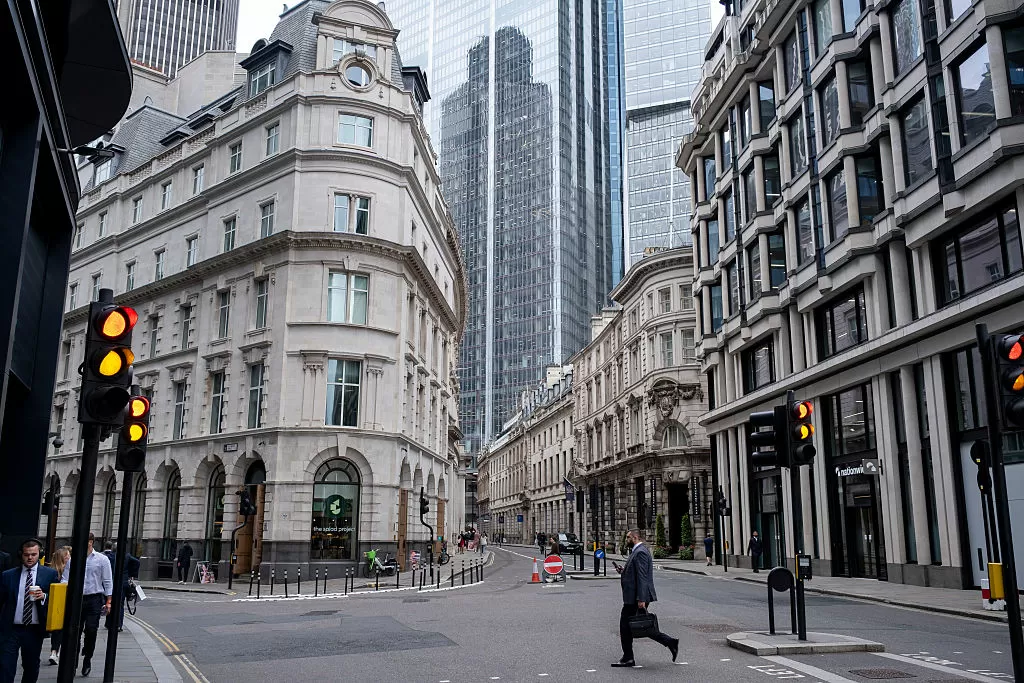The world is changing, and so is the climate. As we continue to witness the devastating effects of climate change, it has become clear that urgent action is needed to save our planet. However, amidst all the chaos and uncertainty, one thing is certain – the United States is no longer at the center of the climate universe.
For decades, the U.S. has been a dominant force in global climate discussions and policies. With its large economy and significant carbon emissions, the country has played a crucial role in shaping the international response to climate change. However, in recent years, the U.S. has taken a backseat in the fight against climate change, leaving many to wonder – what does this mean for the future of our planet?
The truth is, the work to combat climate change goes on, with or without the U.S. at the forefront. While the country’s withdrawal from the Paris Climate Agreement in 2017 was a significant blow to global efforts, it has not stopped the rest of the world from taking action. In fact, it has only galvanized other nations to step up and fill the void left by the U.S.
One of the most significant examples of this is the European Union’s Green Deal. In 2019, the EU announced its ambitious plan to become the first climate-neutral continent by 2050. This includes cutting greenhouse gas emissions by at least 55% by 2030 and investing in renewable energy and sustainable infrastructure. The EU has also pledged to allocate 30% of its budget to climate-related projects, making it the largest climate finance contributor in the world.
Similarly, China, the world’s largest emitter of greenhouse gases, has also stepped up its efforts to combat climate change. The country has committed to reaching peak emissions by 2030 and achieving carbon neutrality by 2060. It has also invested heavily in renewable energy, becoming the world’s leading producer of solar and wind power.
Other countries, such as Japan, South Korea, and Canada, have also set ambitious targets to reduce their carbon emissions. And even in the absence of federal leadership, many states and cities in the U.S. have taken matters into their own hands, implementing their own climate policies and initiatives.
But it’s not just governments that are taking action. The private sector has also recognized the urgency of the climate crisis and is making significant strides towards sustainability. Major corporations, including Apple, Google, and Amazon, have committed to becoming carbon neutral or even carbon negative in the coming years. This not only reduces their own carbon footprint but also sets an example for others to follow.
Moreover, the youth-led climate movement has gained significant momentum in recent years, with young activists like Greta Thunberg and Vanessa Nakate leading the charge. Their voices have brought global attention to the urgency of the climate crisis and have put pressure on governments and corporations to take action.
So, while the U.S. may no longer be at the center of the climate universe, the rest of the world is stepping up to fill the void. And this is a positive development. It shows that the fight against climate change is a global effort, and no one country can do it alone. It also highlights the resilience and determination of humanity to overcome challenges and work towards a better future.
Of course, the U.S. still has a crucial role to play in the fight against climate change. As one of the world’s largest economies and emitters, its actions will have a significant impact on the planet. And with the recent change in leadership, there is hope that the country will once again take a leading role in global climate efforts.
In conclusion, the work to combat climate change goes on, and the U.S. is no longer at the center of it. But this is not a cause for despair. Instead, it should motivate us to work together, as a global community, to create a more sustainable and resilient future for generations to come. Because when it comes to saving our planet, there is no room for division or complacency – we are all in this together.


